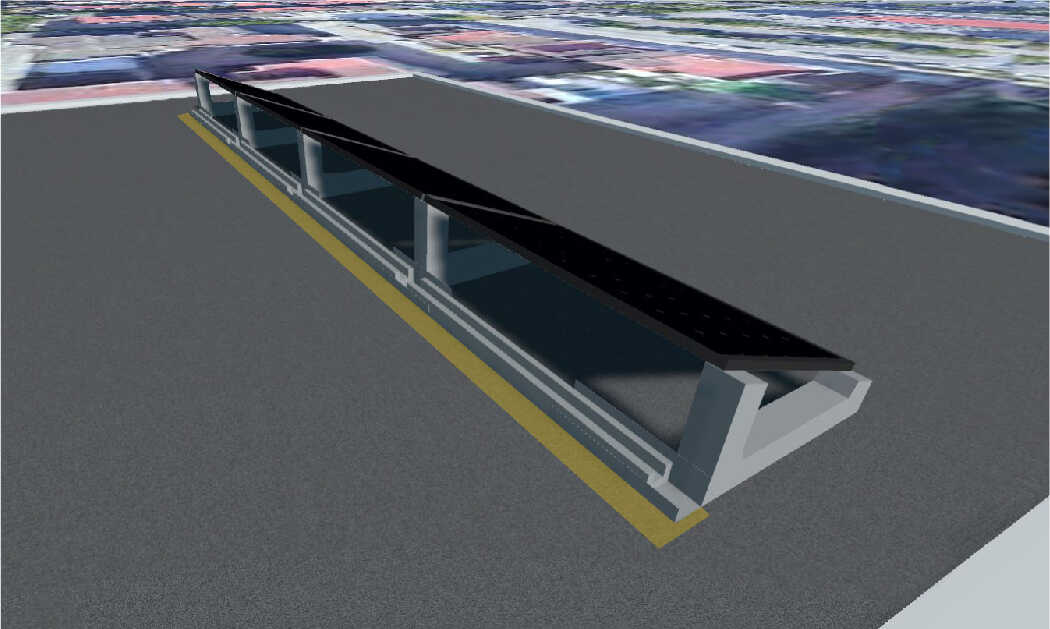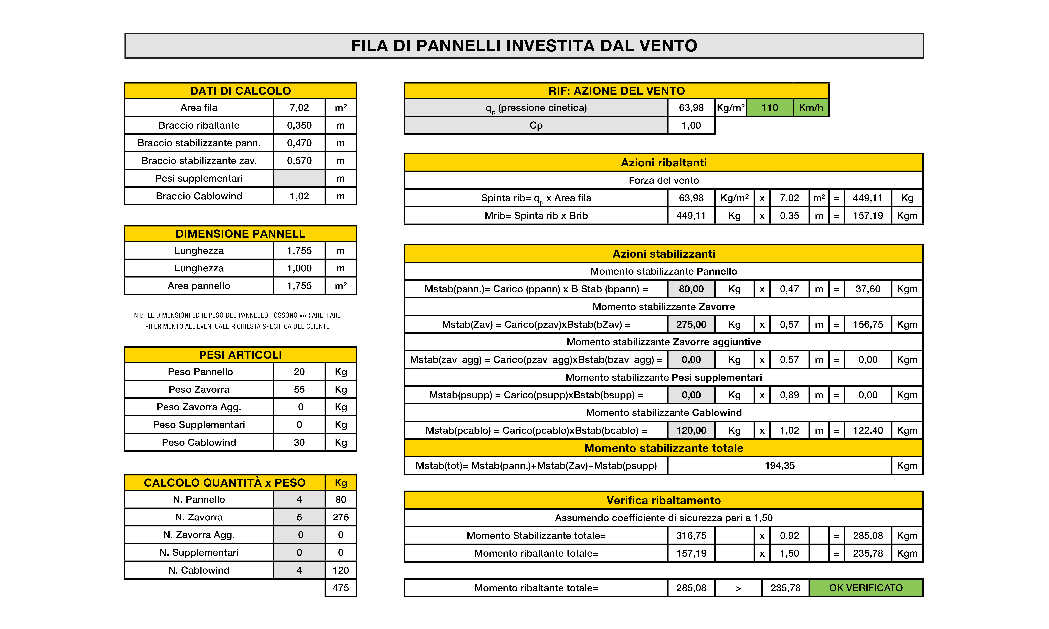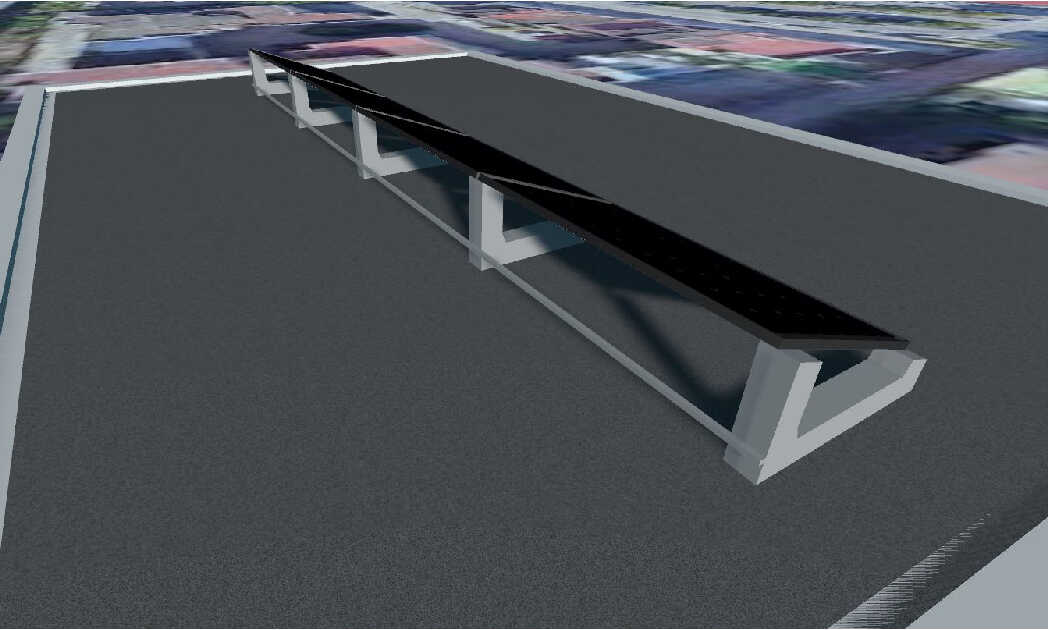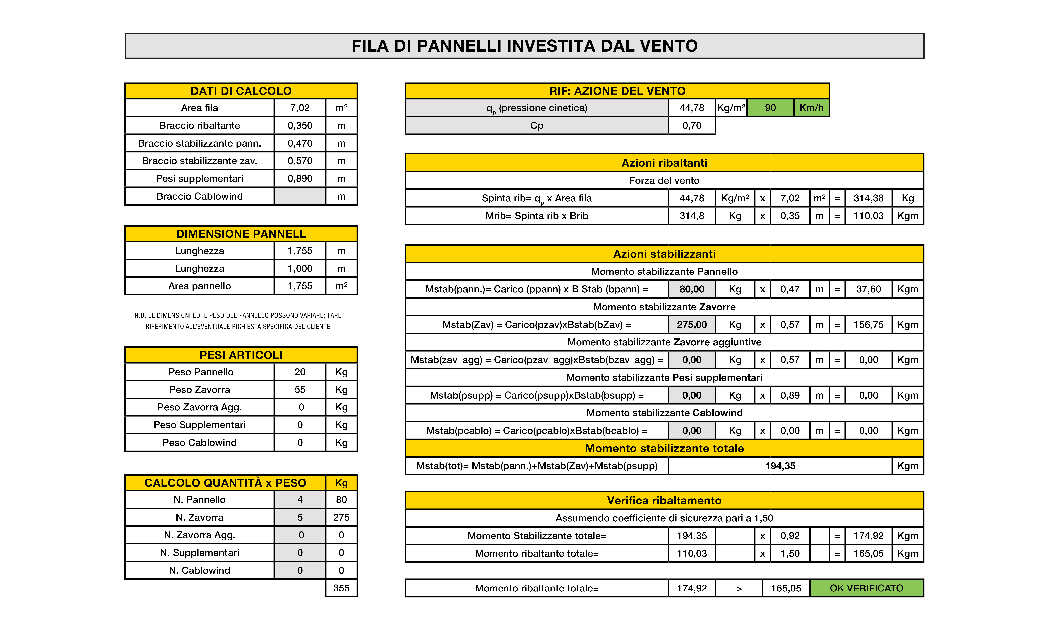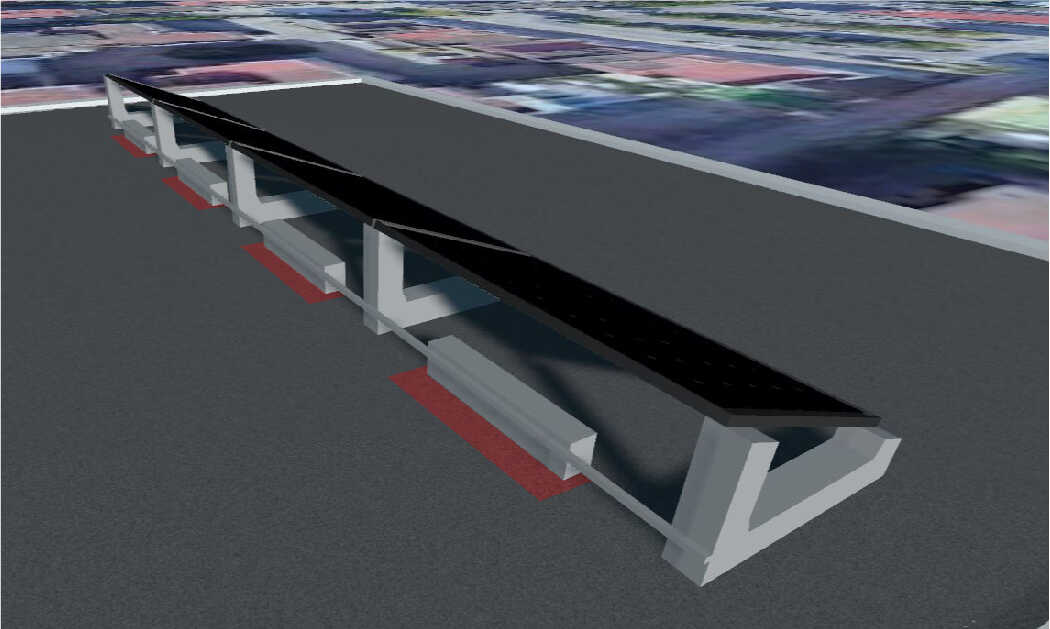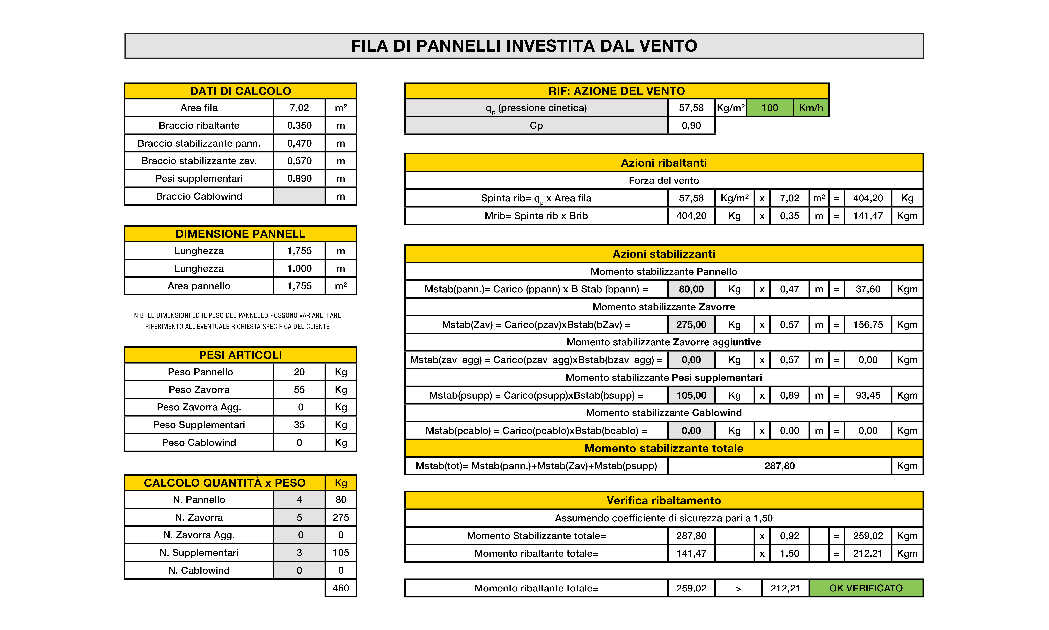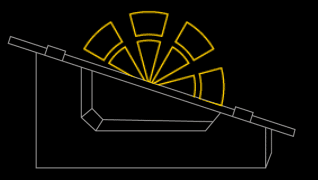Tradition makes room for innovation
Reliability and resilience are essential for photovoltaic systems, especially at a time in history when extreme weather events are increasing in number and intensity.
In recent years, a number of issues have emerged related to the poor quality of materials used to make some of the plant components. In particular, poor-quality aluminium components have become an issue due to the desire to reduce the cost per KW produced by the plant.
Trying to lower costs for the end customer has the direct result of faster deterioration of components and thus a greater need for plant maintenance.
Quality assurance is crucial to reducing the cost of energy production and helps ensure stable performance. Damage to components can shorten the life of a plant by as much as several years.
Using bars to strengthen a plant
There are many companies that suggest the use of bars to increase the yield and stability of the PV system. At Sun Ballast, we once used those same bars, but have since chosen to discontinue them.
We made this choice after careful evaluations, described below.
For the use of bars to offer truly tangible results, they must be made with several factors in mind:
1 – High quality building materials
2 – Large size to withstand external stresses
3 – Structural checks to ensure strength
These are all elements that are as necessary as they are difficult to achieve – at least, without an excessive increase in cost.
In fact, structural strength, if not verified, does not guarantee the durability of the bars over time.
The same argument must be made regarding the quality of the materials used to make the accessories. If high-end materials are not used, they, risk rusting and damaging the system. Size is also a crucial factor; the bars should be significantly larger than those used
But producing bars with high quality materials or in significantly larger sizes also means considerably increasing production costs – which are then passed on to the end customer.
Before we finalised our decision to stop proposing bars as a solution for strengthening the plant, we analyzed and verified their actual stability through specific tests.
Wind tunnel tests showed an actual increase in the plant’s wind resistance of less than 5 percent. Such a minor increase does not justify the cost of implementation or even the time it would take to make the proper structural calculations.
Cablowind: for certified and maximised resistance
Enter Cablowind: concrete channeling available in three sizes that further ballasts the PV system. Cablowind is a dual-purpose Sun Ballast accessory. It increases and optimises the entire PV plant’s wind resistance and allows for proper cable housing, ensuring a clean and tidy system with cables protected from external stresses.
Cablowind, as you can see from the video, is installed on the back of the ballast, which is already drilled, through the use of special bracket made of zinc magnelis, a material that is highly weather resistant (much more so than aluminium.)
In addition, the channel, made entirely of concrete, does not change over the years, and like all Sun Ballast ballasts is guaranteed for up to 25 years.
In addition to simply connecting the ballasts like a bar, Cablowind also has a function from a static point of view. With its insertion on the ballasts, a genuine increase in the strength of the entire system was noted, thanks to the fluid dynamics tests to which the component was subjected.
A further difference between the bars and Cablowind is the type of weight used. The weight placed on the bars was a type of point weight that therefore focused the weight load at a small point on the surface, the weight of Cablowind, on the other hand, is well distributed and therefore does not overload a single point on the roof.
Bars Vs Cablowind
Ultimately, after careful calculations and evaluations (see below), we came to the conclusion that, net of all the advantages and objections, evaluating only the cost/benefit factor: for the same wind resistance, the cost per Kw of a system using Cablowind is significantly lower than a system made using bars. Not only that, but also the strength resulting from the use of Cablowind is significantly higher than that of an installation using bars.


